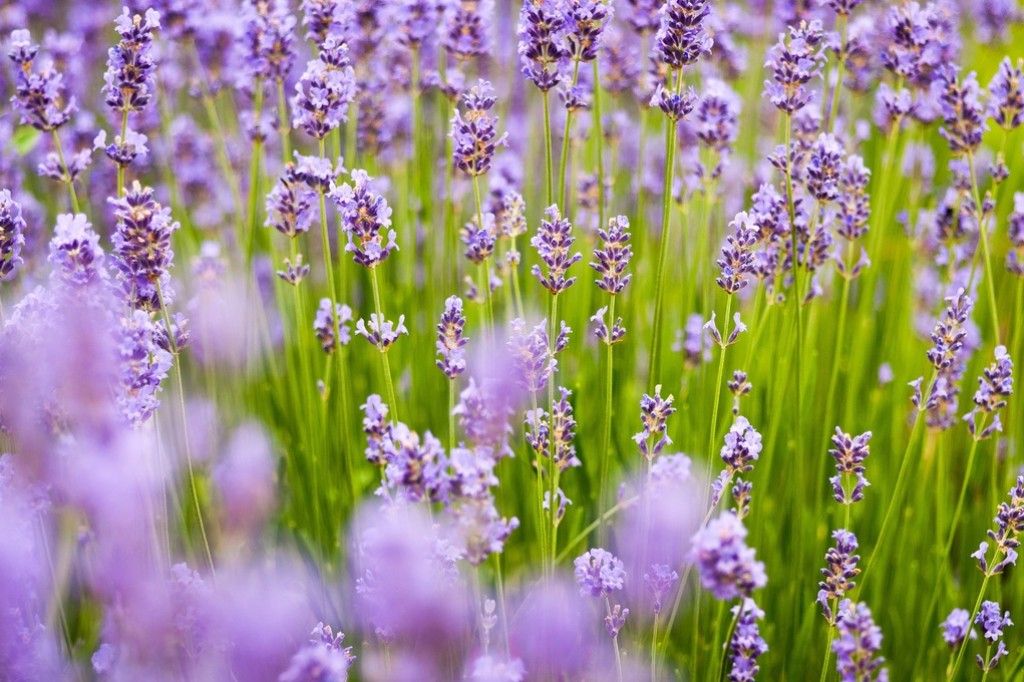Lavender is a well-loved herb. It looks good in the landscape, deer avoid it, and it has an unforgettable fragrance. Many of us had grandmothers who used lavender as their signature fragrance.
Lavender latifolia is one of the best seed-producing varieties, and its scent is especially long lasting when it is dried. Lavender augustifolia is called the true English lavender.
All lavenders like well-drained soil and full sun. Most need a twice weekly watering, but over watering encourages diseases. Some shelter, from buildings or hedges for example, is good protection if a site is windy. Mulch also provides good root protection. The augustifolia lavenders do not do well in too much heat so provide afternoon shade for them.
Do not prune lavenders hard and never cut back more than 1/3 of a plant. The dentates and intermedias, for example, only need light haircuts and the old flowers removed. Lavenders do not like strong manures so use compost and bonemeal. Propagation is by seed or cuttings, and new plants should be kept shaded and moist.
Recently, I saw some healthy, large lavender plants thriving along the top of a wall in a Midwest garden. It was a relatively new variety aptly named 'Phenomenal' and it goes well in zone 6.
This is Moya Andrews, and today we focused on lavender means devotion.










